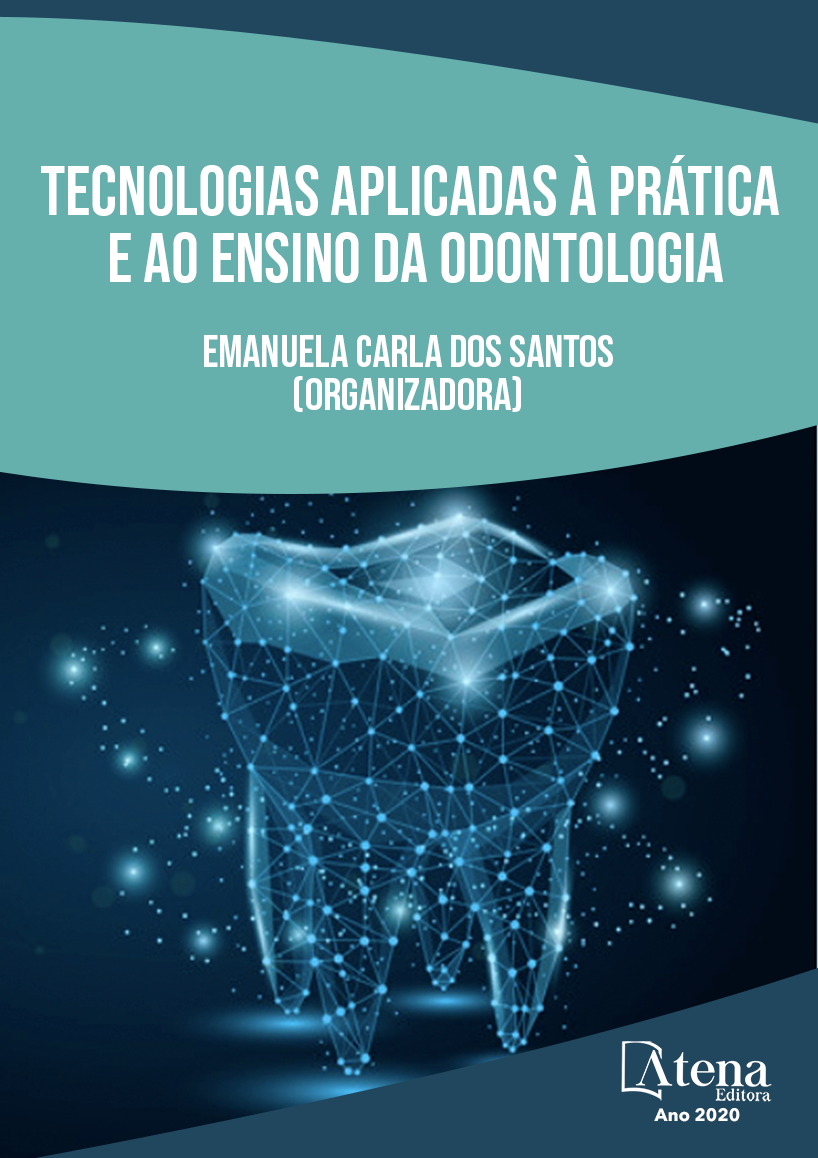
MUCOGUIDE FOR TUNNELING SUBEPITELIAL CONJUNCTIVE TISSUE GRAFTING: A NEW SURGICAL APPROACH
Novas tecnologias na área odontológica estão abrindo espaço para a variação de técnicas clássicas, visando alcançar resultados mais previsíveis e técnicas menos traumáticas. Guias cirúrgicos multifuncionais, como o “mucoguide”, podem ser usados para remover enxerto de tecido conjuntivo do palato no tratamento de recessões gengivais e o “perioguide” para cirurgia plástica gengival. Este relato de caso tem como objetivo demonstrar os resultados e benefícios dessa nova abordagem cirúrgica com fluxo digital na odontologia. Paciente do sexo feminino, 31 anos, leucoderma, procurou a clínica odontológica relatando insatisfação estética com os incisivos centrais superiores que apresentavam desnivelamento gengival entre os elementos. Além disso, a paciente descreveu sensibilidade a baixas temperaturas e alimentos doces no pré-molar superior direito. O exame clínico intraoral da região do primeiro pré-molar mostrou deslocamento apical da margem gengival, com falta de quantidade e qualidade da gengiva queratinizada na região cervical e exposição do cemento radicular. A abordagem clínica adotada para o paciente foi o nivelamento dos zênites gengivais dos incisivos superiores e enxerto de tecido conjuntivo por técnica de envelope no pré-molar superior. O tratamento planejado foi realizado inteiramente por fluxo digital, com o objetivo de reduzir o trauma e o tempo cirúrgico, além de gerar maior previsibilidade no desfecho do caso. Um único guia cirúrgico foi feito para ambos os procedimentos (mucoguide e perioguide). No pós-operatório de 45 dias, observou-se um grande ganho de volume e qualidade do tecido na região do primeiro pré-molar superior direito. No entanto, ainda havia uma exposição do cemento radicular de 2 mm. A fim de cobrir totalmente a recessão, foi decidido realizar um reposicionamento coronal do retalho após 60 dias. O paciente está em acompanhamento sem queixas.
MUCOGUIDE FOR TUNNELING SUBEPITELIAL CONJUNCTIVE TISSUE GRAFTING: A NEW SURGICAL APPROACH
-
DOI: 10.22533/at.ed.7282005067
-
Palavras-chave: gengivoplastia; fluxo digital; periodontologia; cirurgia oral
-
Keywords: gengivoplasty; digital workflow; periodontology; oral surgery
-
Abstract:
New technologies within dentistry are taking space for the variation of classic techniques, aiming to achieve more predictable results and less traumatic techniques. Multifunctional surgical guides, such as “mucoguide”, can be used to remove connective tissue graft from the palate in the treatment of gingival recessions and “perioguide” for plastic gingival surgery. This case report aims to demonstrate the results and benefits of this new surgical approach with digital flow within dentistry. Female patient, 31 years old, leukoderma, sought the dental clinic reporting aesthetic dissatisfaction with the maxillary central incisors that presented a gingival unevenness between the elements. Moreover, the patient described sensitivity to low temperatures and to sweet foods in the maxillary right premolar. Intraoral clinical examination of the first premolar region showed an apical dislocation of the gingival margin, with a lack of quantity and quality of keratinized gingiva in the cervical region and exposure of the root cementum. The clinical approach adopted for the patient was the leveling of the gingival zeniths of the maxillary incisors and connective tissue graft by envelope technique in the maxillary pre molar. The planned treatment was performed entirely by digital flow in order to reduce trauma and surgical time, besides generating longer predictability in the case outcome. A single surgical guide was made for both procedures (mucoguide and perioguide). At the 45-day postoperative period, a large gain in volume and in tissue quality was observed in the region of the upper right first premolar. However, there was still an exposure of the 2 mm root cementum. In order to fully cover the recession, it was decided to perform a coronal repositioning of the flap after 60 days. The patient is in follow-up without complaints.
-
Número de páginas: 9
- Tatiana Miranda Deliberador
- Suyany Gabriely Weiss
- Alexandre Domingues Teixeira Neto
- Darlan Rigo Jr
- Rodrigo Zanatto de Souza
- Shaban Burgoa
- Carmen Mueller Storrer


